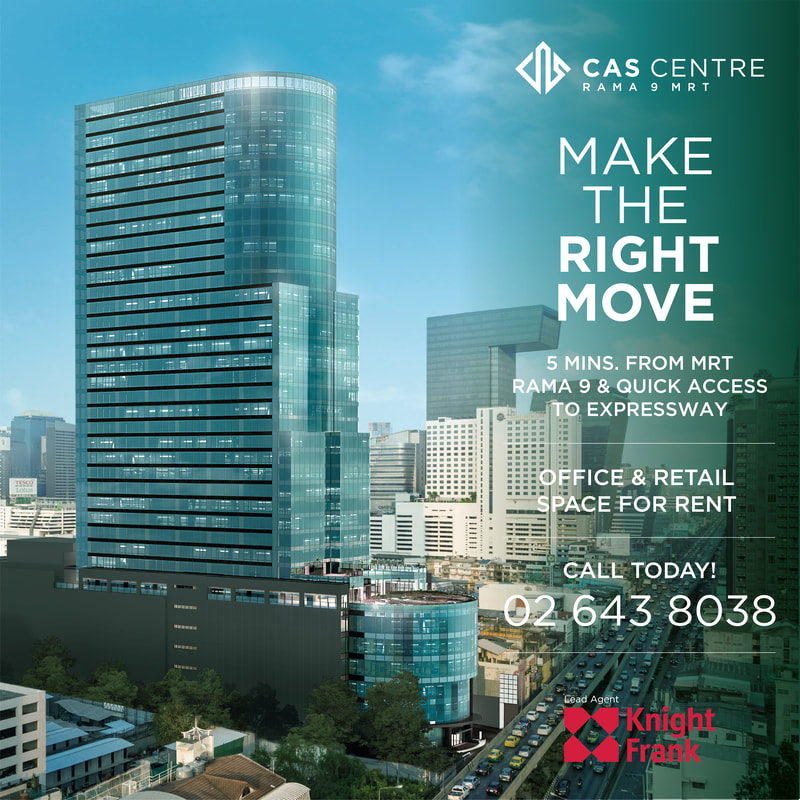“Wellness requires meaningful life changes and our vision was to create a community where our residents could live their best lives – physically, mentally and socially” - Adrian Bowen, Managing Director of Sunplay Asia.
At 58 years of age, George Clooney seems to have it all, doesn’t he? A charismatic and celebrated actor, devoted husband and father, and the global brand ambassador of Nespresso.
So how does he seem to get better with age? And how can mere mortals like us (both men and women) do the same?
It’s true that we all age, but who said we can’t do so with vitality and grace? Let’s be honest, few of us have the boundless energy we had in our twenties, but whilst this is an inevitability of life, being unfit and unhealthy isn’t.
Thankfully health and wellness aren’t exclusive to the young, it is there for all of us who choose to seek it out.
So how does he seem to get better with age? And how can mere mortals like us (both men and women) do the same?
It’s true that we all age, but who said we can’t do so with vitality and grace? Let’s be honest, few of us have the boundless energy we had in our twenties, but whilst this is an inevitability of life, being unfit and unhealthy isn’t.
Thankfully health and wellness aren’t exclusive to the young, it is there for all of us who choose to seek it out.
But how do we seek out health and wellness?
Advances in science, medicine and technology have enabled us to control disease and provide us with the kind of comfort and convenience options that our ancestors could only have dreamed of.
The World Health Organisation states that the global average life expectancy increased by 5.5 years between 2000 and 2016, the fastest increase since the 1960s.
And yet, there is a downside to this progress.
We now typically favour driving over biking, sitting over walking, riding in elevators over using the stairs, fast food over fine cuisine, texting over face-to-face conversations, and screen time over outdoor recreation.
Lack of exercise, poor diet, environmental pollution and the combination of high stress and increased social isolation all contribute to a reduced overall quality of life.
In fact, the gift of modern living has brought on a dramatic increase in respiratory and chronic diseases that is costing the global economy over $500 billion a year.
The problem is not just a health and economic one, it is also a social problem. People are living longer, but sadly more of us are living lonelier, unhealthier and unhappier lives.
Our homes, communities and surrounding environments determine up to 80–90 percent of our health outcomes.
Our home is our most important personal investment and expenditure, so it is only logical that it should also be an investment in our health and wellbeing.
But what exactly is wellness?
The Global Wellness Institute defines ‘wellness’ as the active pursuit of activities, choices and lifestyles that lead to a state of holistic health.
Wellness is more than maintaining physical health, it is about seeking out those places and opportunities where we can work, play, heal, learn and enhance our social connections.
Why is wellness so important?
Like many, in my youth I took my physical and mental stamina for granted.
Years on, I have come to realise how important our wellness becomes and the different priorities that come to the fore – physical health, nutrition, and social and family engagement.
Now we are living longer lives, we owe it to ourselves to be wellness focused. It’s not just about the years we put in, it’s what we put into those years.
Advances in science, medicine and technology have enabled us to control disease and provide us with the kind of comfort and convenience options that our ancestors could only have dreamed of.
The World Health Organisation states that the global average life expectancy increased by 5.5 years between 2000 and 2016, the fastest increase since the 1960s.
And yet, there is a downside to this progress.
We now typically favour driving over biking, sitting over walking, riding in elevators over using the stairs, fast food over fine cuisine, texting over face-to-face conversations, and screen time over outdoor recreation.
Lack of exercise, poor diet, environmental pollution and the combination of high stress and increased social isolation all contribute to a reduced overall quality of life.
In fact, the gift of modern living has brought on a dramatic increase in respiratory and chronic diseases that is costing the global economy over $500 billion a year.
The problem is not just a health and economic one, it is also a social problem. People are living longer, but sadly more of us are living lonelier, unhealthier and unhappier lives.
Our homes, communities and surrounding environments determine up to 80–90 percent of our health outcomes.
Our home is our most important personal investment and expenditure, so it is only logical that it should also be an investment in our health and wellbeing.
But what exactly is wellness?
The Global Wellness Institute defines ‘wellness’ as the active pursuit of activities, choices and lifestyles that lead to a state of holistic health.
Wellness is more than maintaining physical health, it is about seeking out those places and opportunities where we can work, play, heal, learn and enhance our social connections.
Why is wellness so important?
Like many, in my youth I took my physical and mental stamina for granted.
Years on, I have come to realise how important our wellness becomes and the different priorities that come to the fore – physical health, nutrition, and social and family engagement.
Now we are living longer lives, we owe it to ourselves to be wellness focused. It’s not just about the years we put in, it’s what we put into those years.
| Wellness is so much more than the mere absence of disease and illness It is about enhancing your potential and quality of life. Instead of seeking to understand, treat and prevent disease, wellness looks towards creating, enhancing and harmonising health. This starts with intentional living. Engaging with your community, leaning into your built environment and surrounding yourself with activities that invigorate, replenish and revitalise. Success and wellness are intrinsically linked and I no longer judge the outcome of my day by the number of tasks that I complete, but rather on the quality of the decisions I make. |
The Global Wellness Institute has shown that genetics only account for 10 – 15% of our health outcomes while the rest is determined by external and environmental factors.
So how do we prioritise health and wellness?
One way to achieve optimal wellness, experts and developers say, is by choosing a living environment that is conducive for it.
The environment you are in has been proven to impact your wellbeing.
So start by immersing yourself in a space that is abundant with vibrancy and vitality. A direct reflection of your environment is the accumulation of multiple factors in your life, all of which are within your control – your diet, exercise and the quality of relationships you form with friends, family and neighbours.
Simply put, to reach your full potential, you will need to immerse yourself in an environment that caters to your individual needs.
“With Thailand’s rich culture and values, it was natural for wellness real estate in this country to evolve. This is in alignment with a growing demand from an increasingly discerning and health-conscious clientele,” says Adrian Bowen from Sunplay Asia, a leading wellness real estate developer based in Thailand.
Real estate companies, investors and the public are starting to see the financial and physical benefits of creating and living in areas dedicated to health. Wellness communities are on the rise, having blossomed into a $134 billion industry worldwide and still growing fast (Nicosia, 2017).
One way to achieve optimal wellness, experts and developers say, is by choosing a living environment that is conducive for it.
The environment you are in has been proven to impact your wellbeing.
So start by immersing yourself in a space that is abundant with vibrancy and vitality. A direct reflection of your environment is the accumulation of multiple factors in your life, all of which are within your control – your diet, exercise and the quality of relationships you form with friends, family and neighbours.
Simply put, to reach your full potential, you will need to immerse yourself in an environment that caters to your individual needs.
“With Thailand’s rich culture and values, it was natural for wellness real estate in this country to evolve. This is in alignment with a growing demand from an increasingly discerning and health-conscious clientele,” says Adrian Bowen from Sunplay Asia, a leading wellness real estate developer based in Thailand.
Real estate companies, investors and the public are starting to see the financial and physical benefits of creating and living in areas dedicated to health. Wellness communities are on the rise, having blossomed into a $134 billion industry worldwide and still growing fast (Nicosia, 2017).
Introducing SUNPLAY BANGSARAY, a community where residents can live their best lives
While there is widespread interest from around the world in wellness communities, let’s take a look at one which is right on our doorstep in Thailand.
Set on 175 rai (28 hectares) of gently sloping hillside, Sunplay Bangsaray is a collection of luxurious apartments and private pool villas. At the heart of the estate is the superbly equipped Sunplay Club, where residents can participate in a full range of premium fitness, recreation, and dining facilities.
A pioneer in this space, the developers, Sunplay Asia combines wellness and an active lifestyle concept with a focus on multigenerational living, social connectivity and leisure alongside luxury.
Driven by the increased consciousness from individuals and communities to live healthier and longer lives, Sunplay Asia is progressively redefining the standards of places where we choose to live, work and play. Our homes are the last frontier for wellness and should support healthy, active lifestyles that have an ability to foster communities of people who share similar values and personal goals.
While there is widespread interest from around the world in wellness communities, let’s take a look at one which is right on our doorstep in Thailand.
Set on 175 rai (28 hectares) of gently sloping hillside, Sunplay Bangsaray is a collection of luxurious apartments and private pool villas. At the heart of the estate is the superbly equipped Sunplay Club, where residents can participate in a full range of premium fitness, recreation, and dining facilities.
A pioneer in this space, the developers, Sunplay Asia combines wellness and an active lifestyle concept with a focus on multigenerational living, social connectivity and leisure alongside luxury.
Driven by the increased consciousness from individuals and communities to live healthier and longer lives, Sunplay Asia is progressively redefining the standards of places where we choose to live, work and play. Our homes are the last frontier for wellness and should support healthy, active lifestyles that have an ability to foster communities of people who share similar values and personal goals.
Imagine a life where you participate in regular exercise, daily engagement with your surroundings and neighbors, a place where you can also have an abundance of options to enhance your health and wellbeing, a home where wellness is effortless. For many, this idyllic scenario may seem out of reach or even a utopian fantasy but a movement is taking shape and gaining momentum to bring this vision of wellness into everyday life, homes and communities.
Surrounded by world-class facilities, Sunplay Bangsaray is perfectly positioned in Thailand’s Eastern Economic Corridor (EEC), a hotspot for high-end tourism and investment. Bangkok is 90 minutes away by car, while the fast-expanding U-Tapao international airport can be reached in just 20 minutes. A by-pass motorway and planned high-speed rail link will reduce journey times even further.
Sunplay Bangsaray is all about sustainability and living in harmony with the community and the environment. With its innovative eco-dome providing fresh herbs and vegetables, and through social enterprise ventures like Baan Sunsaray School, Sunplay Bangsaray is committed to enhancing the life of its residents and the local community.
“Wellness requires meaningful life changes and our vision was to create a community where our residents could live their best lives – physically, mentally and socially,” says Adrian Bowen.
The time has come to treat our homes as an investment in our wellness.
Website: www.sunplay.asia
Surrounded by world-class facilities, Sunplay Bangsaray is perfectly positioned in Thailand’s Eastern Economic Corridor (EEC), a hotspot for high-end tourism and investment. Bangkok is 90 minutes away by car, while the fast-expanding U-Tapao international airport can be reached in just 20 minutes. A by-pass motorway and planned high-speed rail link will reduce journey times even further.
Sunplay Bangsaray is all about sustainability and living in harmony with the community and the environment. With its innovative eco-dome providing fresh herbs and vegetables, and through social enterprise ventures like Baan Sunsaray School, Sunplay Bangsaray is committed to enhancing the life of its residents and the local community.
“Wellness requires meaningful life changes and our vision was to create a community where our residents could live their best lives – physically, mentally and socially,” says Adrian Bowen.
The time has come to treat our homes as an investment in our wellness.
Website: www.sunplay.asia

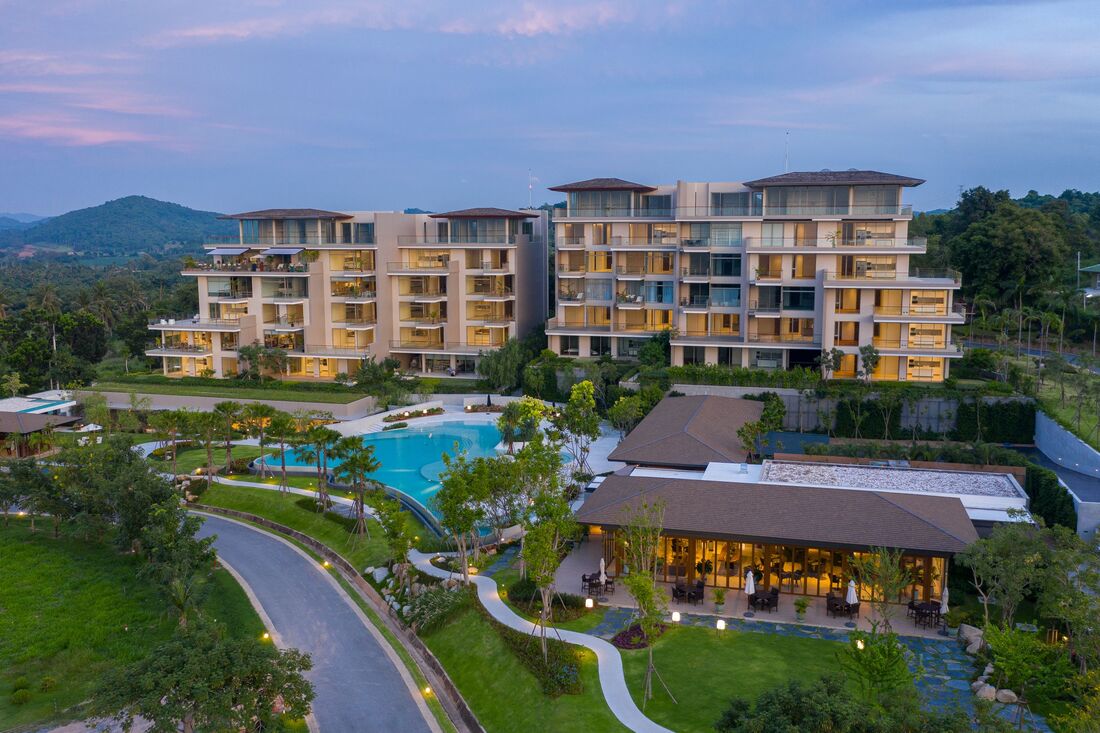
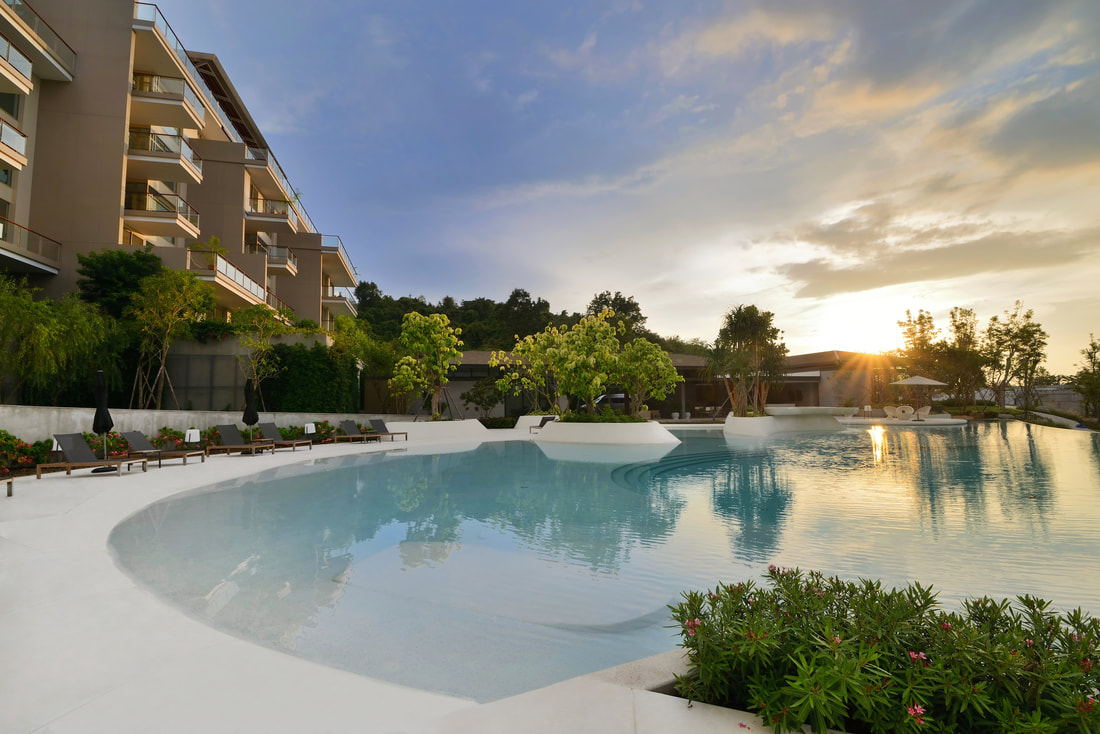
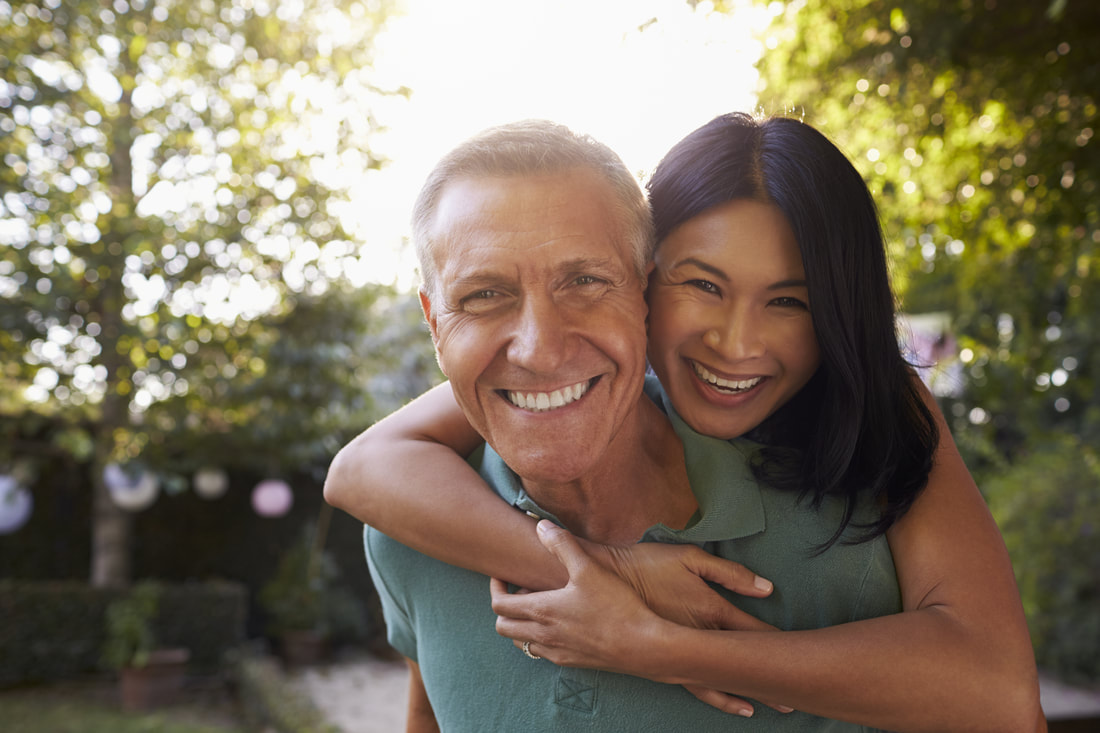
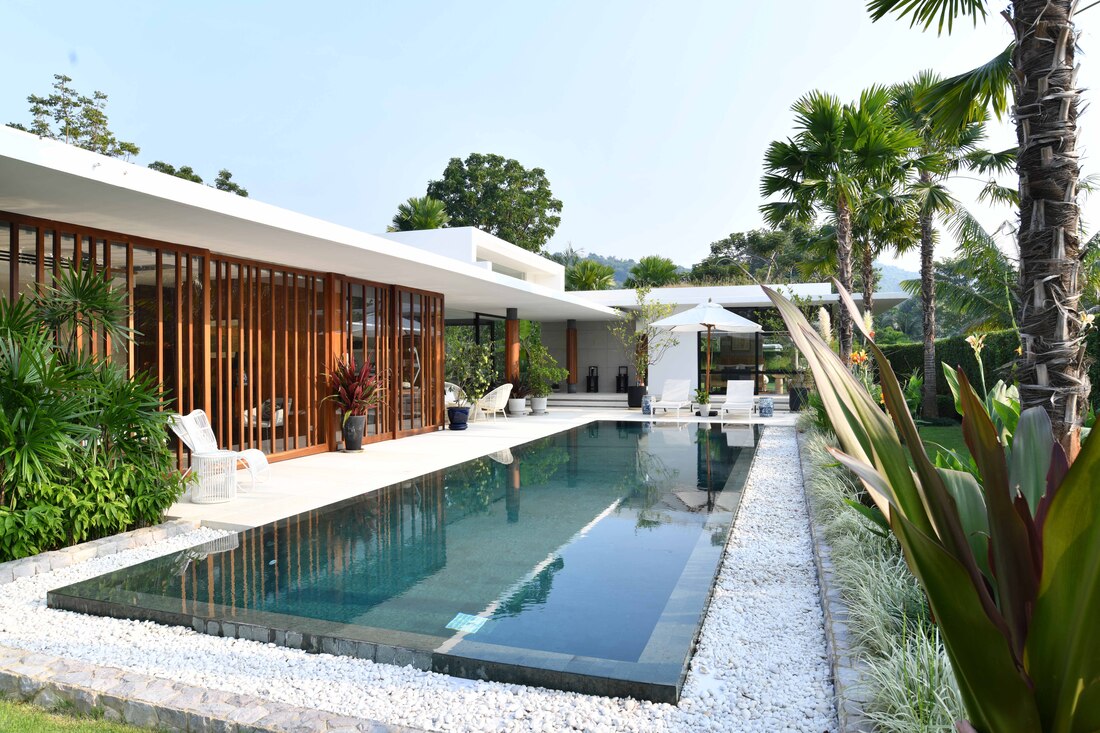
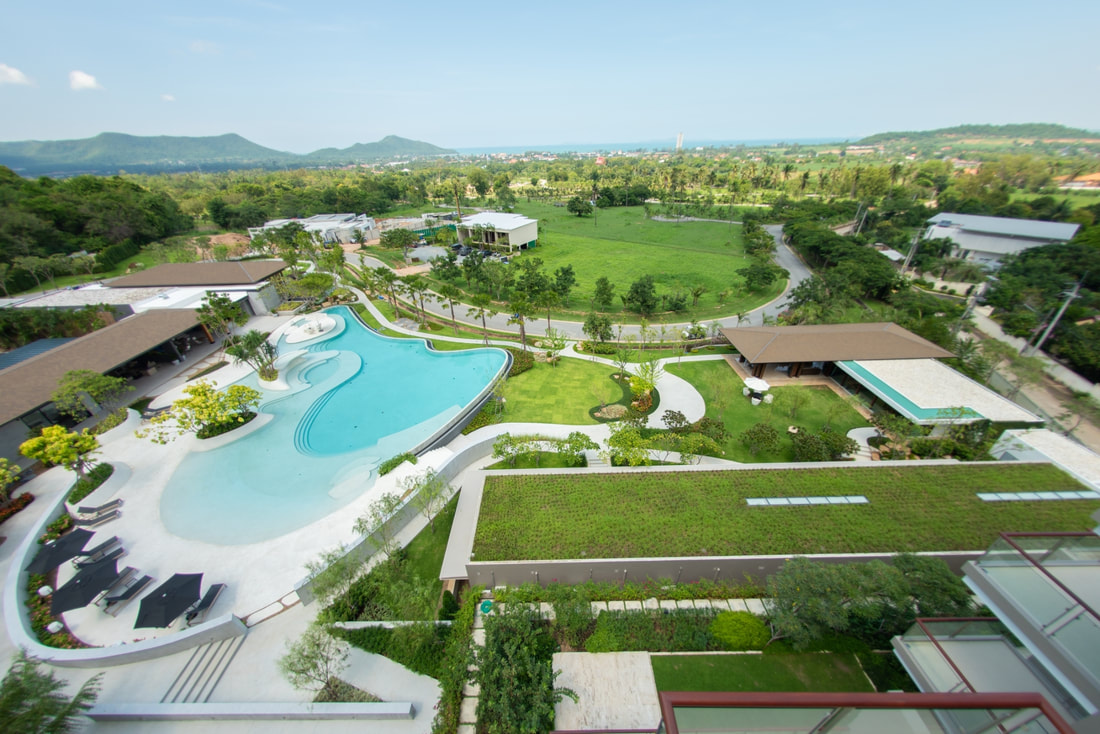
 RSS Feed
RSS Feed
